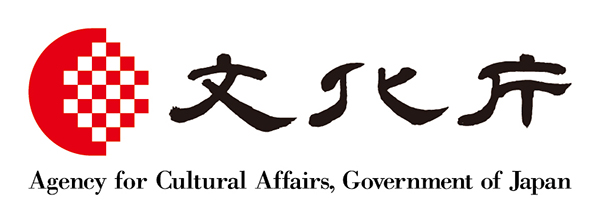【National treasure】
Ancient Divine Treasure, Property of the Wakamiya Deity
Flat Quiver Made of Silver-Plated Rosewood


Flat quivers of this style were worn by high-ranking guards of the imperial palace. The quiver has been disassembled for preservation, but a replica shows how the original would have appeared at the time it was used. As ceremonial items, quivers like these were finely decorated and were designed with beauty rather than practicality in mind.
The quiver was worn at the small of the back. It held 20 or so arrows fanned out in an arc, almost like the tail of a peacock. The arrows were thrust tip-first into the rows of thin wooden strips at the base of the quiver’s body, which held the arrows in place. The silver plate on the inside of the quiver is carved with scenes of plovers flying along the water’s edge. Plovers are considered auspicious birds that symbolize longevity and prosperity. The black-lacquered edges are inlaid with mother-of-pearl depicting flowering vines and decorated with gold ornaments shaped like butterflies.
An inscription in the arrow box indicates that the quiver was used by Fujiwara no Yorinaga (1120–1156) on the first day of the second month in 1131. Yorinaga was a gifted statesman who attained the impressive rank of palace minister by age 17. His quiver survives because it was stored as a sacred treasure of Wakamiya Shrine, located to the south of Kasugataisha Shrine.

この英語解説文は観光庁の地域観光資源の多言語解説整備支援事業で作成しました。
